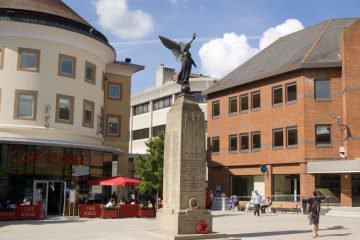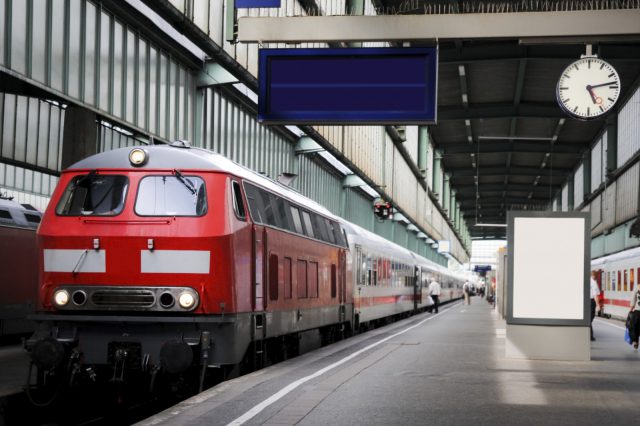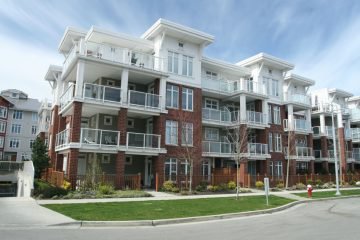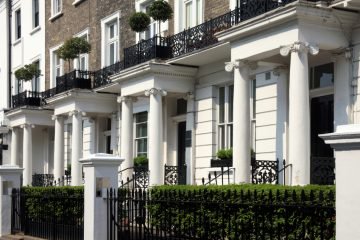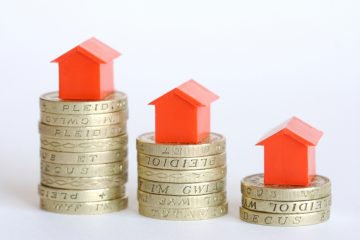Top 20 London Commuter Hotspots
The amount of Londoners leaving the capital has reached record highs, hitting 250,000 a year according to the Office for National Statistics (ONS). It is believed that most of those departing are hoping for family-sized homes near good schools.
However, those moving are still searching for somewhere not too isolated within a quick commute of the capital.
The high number of people leaving London has been fuelled by the Stamp Duty reform of December 2014. Hometrack recently found that the Home Counties benefitted most from the changes.
Savills estate agent predicts that London’s commuter hotspots will see the highest medium-term price growth in England. It based its findings on the amount of season ticket sales from the main commuting stations. So where is best for London commuters?
Countdown of top 20 London commuter hotspots
|
No. |
Area | Travel time to London | Average property price | Average detached house price | Annual season ticket cost |
Annual season ticket + travel card cost |
| 20 | Bishops Stortford | 30 minutes | £324,324 | £501,020 | £3,936 | £4,952 |
| 19 | Redhill | 35 minutes | £305,891 | £553,530 | £2,672 | £3,432 |
| 18 | Oxford | 57 minutes | £411,601 | £746,632 | £4,788 | £5,568 |
| 17 | Shenfield | 27 minutes | £363,244 | £608,423 | £2,868 | £3,976 |
| 16 | Tunbridge Wells | 50 minutes | £329,754 | £633,575 | £4,364 | £5,020 |
| 15 | Maidenhead | 20 minutes | £427,999 | £673,633 | £2,908 | £3,692 |
| 14 | Slough | 17 minutes | £276,270 | £644,998 | £2,472 | £3,252 |
| 13 | Basingstoke | 44 minutes | £234,831 | £360,475 | £4,188 | £4,944 |
| 12 | Sevenoaks | 33 minutes | £589,203 | £945,321 | £3,288 | £3,944 |
| 11 | Winchester | 58 minutes | £414,851 | £623,740 | £4,812 | £5,636 |
| 10 | Tonbridge | 42 minutes | £318,166 | £519,513 | £3,980 | £4,636 |
| 9 | Milton Keynes Central | 35 minutes | £217,162 | £333,801 | £4,888 | £5,812 |
| 8 | Colchester | 52 minutes | £198,456 | £297,539 | £4,796 | £5,880 |
| 7 | Haywards Heath | 44 minutes | £313,830 | £496,040 | £3,808 | £4,800 |
| 6 | Guildford | 37 minutes | £408,824 | £760,593 | £3,400 | £4,204 |
| 5 | Cambridge | 52 minutes | £395,911 | £676,965 | £4,264 | £4,648 |
| 4 | Woking | 27 minutes | £371,238 | £668,269 | £3,052 | £3,792 |
| 3 | Chelmsford | 35 minutes | £261,411 | £417,214 | £3,728 | £4,704 |
| 2 | Brighton | 52 minutes | £334,934 | £617,940 | £4,068 | £5,196 |
| 1 | Reading | 26 minutes | £283,724 | £485,399 | £4,188 | £4,976 |
A quarter of the top 20 spots are within half an hour of London, with Reading, Woking and Shenfield benefitting from the Crossrail development.
The closest is Slough, just 17 minutes from the capital.
